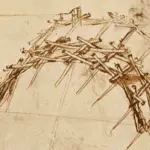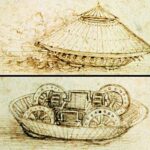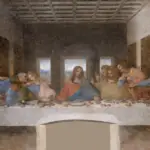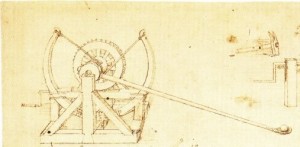
leonardo da Vinci catapults blueprints
Leonardo da Vinci catapult models are both simple and ingenious. The mechanical catapult involves a pawl and rachet system which incrementally tightens the firing system. As the system is tightened, the forces put into the system by the operator (1 soldier) are transferred to both the ropes and tension arms of the catapult. For catapult locking mechanism, on releasing the firing pin (the pawl), the stored energy is instantly transferred from the ropes and tensioning arms to the swing arm which would contain a lead ball/cannonball.
What does a catapult look like – this machine looks like it could have been operated by a handful of soldiers: four or five soldiers for moving/repositioning/aiming the catapult and 2 men for operating the machine – one to tighten the mechanism and one to release the firing pin.
Interesting facts about catapults – this machine would undoubtedly have wrought havoc upon any castle/fort it attacked. It could be reloaded and retightened very quickly. For catapult firing, as with all medieval catapults, the soldiers may have decided to fire flaming ballistics or even disease-ridden dead bodies into the castle they were attacking – this usually spread either fire or disease very quickly within the walls of the target castle/fort. Within a castle that is under sustained attack, water supplies quickly begin to dwindle and the population begin to grow weak due to lack of food, thereby decreasing their odds of putting out any flames and increasing their odd of succumbing to illness from disease-ridden bodies flung over the walls.
Who invented the catapult – catapults were used in the early 4th century BC. which was invented by Greek Diodorus Siculus in 399 BC as part of the equipment of the Greek army.
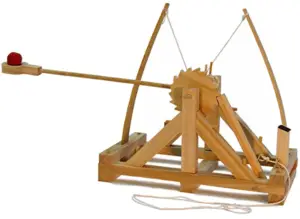
Leonardo da Vinci catapults designs
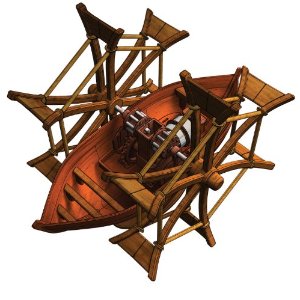
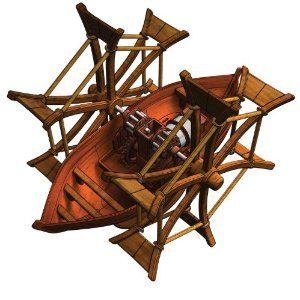
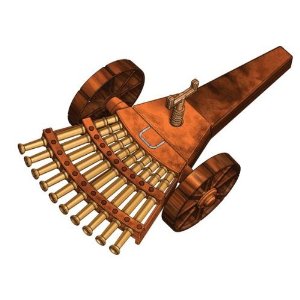
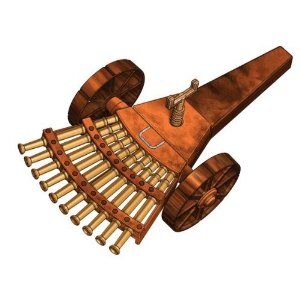
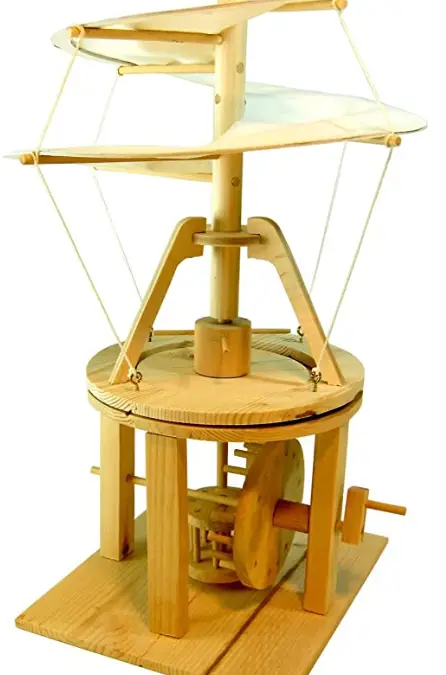
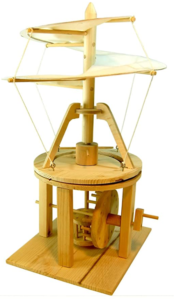
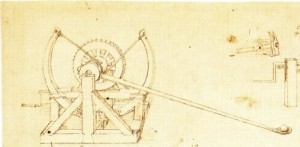


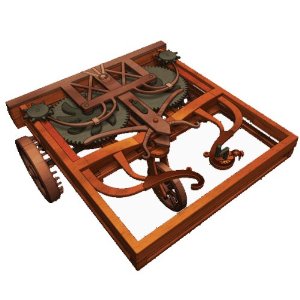
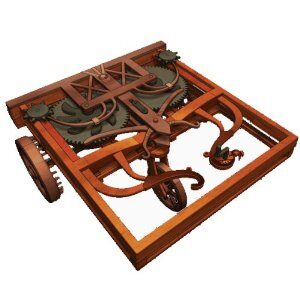
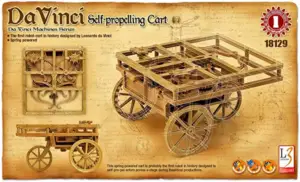
 I’m Leonardo Bianchi, the mind behind Leonardo da Vinci's Inventions. Thanks for visiting.
I’m Leonardo Bianchi, the mind behind Leonardo da Vinci's Inventions. Thanks for visiting. 